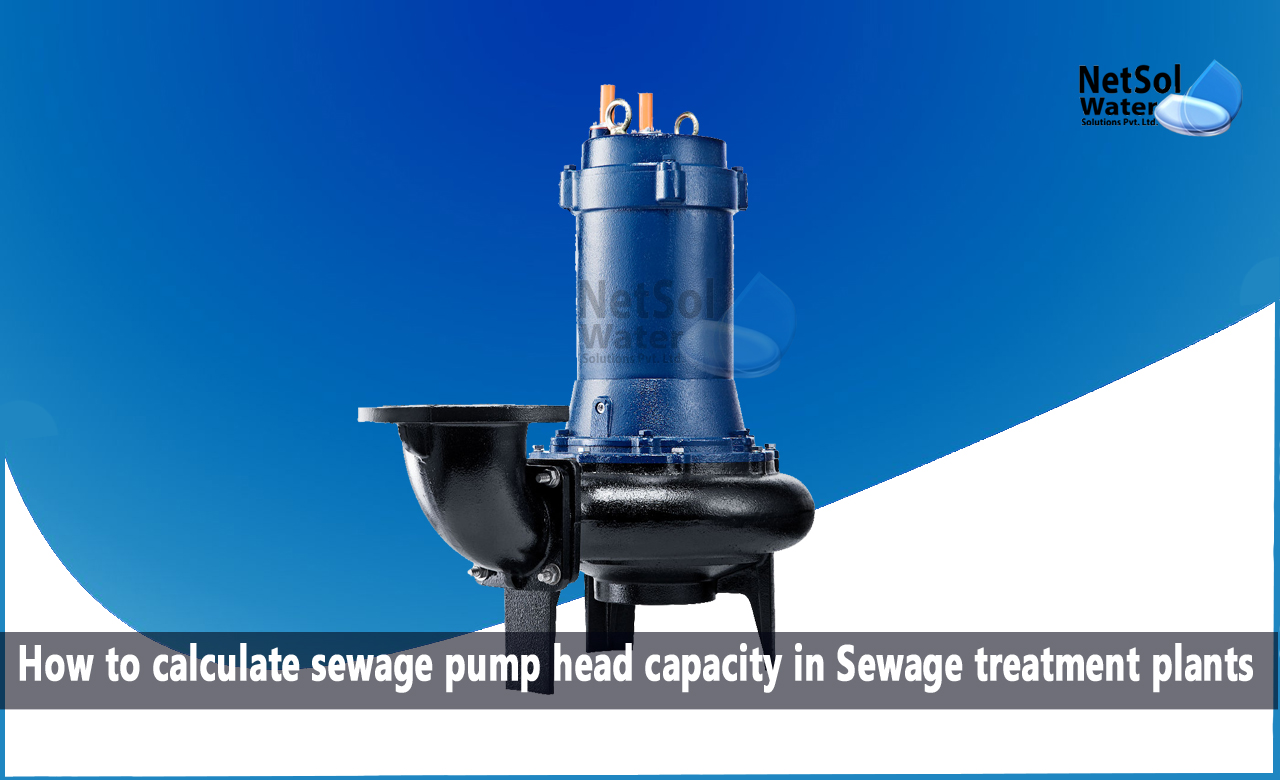In-line pumping stations handle sewage either for transporting to the STP, or outfall or for pumping it from a deeper sewer to a shallow sewer. They are necessary in situations when sewage from low-lying development areas, cannot be connected to existing sewer infrastructure by gravity, or where development areas are too far away from such infrastructure to be connected that way.
But, we must be aware about sewage transfer pumps and their pump head capacity in STPs.
What is a sewage transfer pump?
With a sewage transfer pump, sewage liquids and solids can be moved from one place to another. In the majority of residential applications, sewage is pumped from a sewage basin to a sewer system or a septic tank, where it may contain soft sediments up to 2 inches in diameter.
Where is sewage pump located?
A sewage pump is set up at the bottom of the sewage basin. These pumps, which allow solids to pass through without blocking the pump, are centrifugal pumps with a special design. The impeller rotates as soon as the pump is turned on, creating pressure that forces water into the impeller and into the discharge pipe.
An electric cord that is between 10 and 25 feet long powers the sewage transfer pump. Depending on the model, the voltage may be 115, 230, 460, or 575 volts. The cast iron pump housing, which houses the motor and impeller, is built for long-term use.
How to calculate sewage pump head capacity in STP?
Consider the following while calculating sewage transfer pump capacity:
· The flow rate in gallons per minute (GPM),
· The elevation or lift is necessary,
· Friction loss,
· The pressure of the pipe or system we are discharging into,
· The pump is situated in an open basin, and
· The minimum fluid level in the sump or the suction pressure.
Following are the calculations:
Htotal = Hlift + Hfriction + Hresidual – HDmin suction + Hsafety
Residual Head - Hresidual
The majority of sump and sewage applications pump sewage up and into gravity sewer pipes from a basin. There is no pressure that this pump would have to resist, because the water generally flows through the pipes by gravity.
If there is any pressure in that sewer pipe, the pump head calculations would need to be adjusted to include the pressure, expressed in feet of head.
Elevation - Hlift and HDmin suction
The height in feet by which we must lift the water in order for it to enter the return main is crucial. Remember that the Hlift in a below-ground basin operates from the bottom of the sump rather than the floor.
A pump's minimum suction elevation must be considered. Verifying the exact pump requirements for your programme is crucial.
Friction Loss - Hfriction
The flow rate, pipe size, and pipe roughness all affect how much friction is lost in piping.
Safety Factor Head - Hsafety
The safety factor can be an additional head or a complete multiplication.
To ensure that there won't be any problems with curve runout, it is a good idea to always inspect the chosen pump for operation, based on the design flow at the scheduled head and the design flow at the minimum head.
How can we assist?
Netsol Water is regarded as one of the top producers of industrial RO plants, commercial RO plants, sewage treatment plants, water softening plants, and effluent treatment plants.
For the design, manufacture or installation of STPs in India, or related queries, you can reach us by phone at +91-9650608473 or by email at enquiry@netsolwater.com



